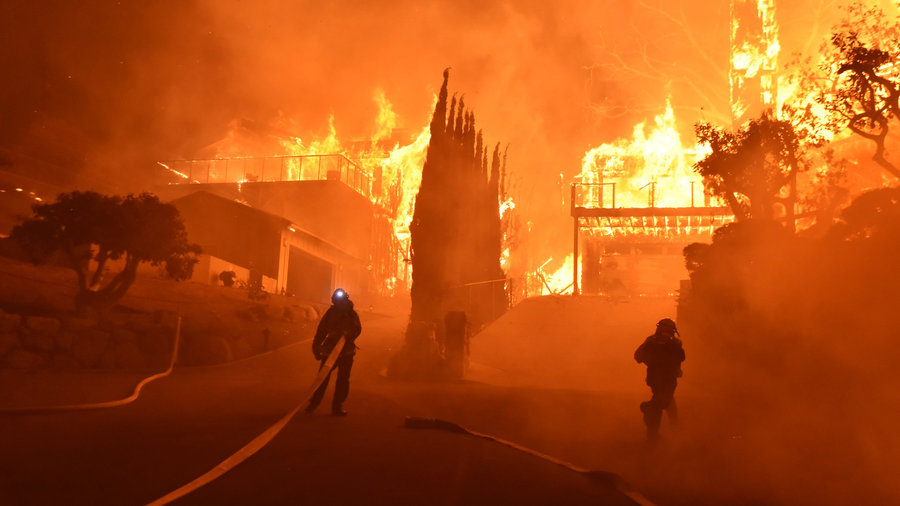Homeowners in Ventura and Santa Barbara counties are still piecing their lives back together after the Thomas Fire. Now ranked as the largest wildfire in California history, the fire burned close to 250,000 acres and destroyed anywhere from 800 to 1000 structures. Some homes have been leveled. Others have severe smoke damage or are badly charred. In this blog post, we look at three things to consider when rebuilding after a wildfire.
First, before we begin, here’s some advice. While it’s natural for people to want to restore order to their daily lives following a fire, it’s also important to resist the urge to rush any home rebuild.
Hastily rebuilding a home with poor or cheap materials may seem like a short-term fix, but you need to think long-term. Especially in a region like Southern California where another wildfire is likely to occur again. After all, wouldn’t you want to do anything it takes to avoid a repeat of the disaster you’ve just experienced?
While we hope that the Thomas Fire is the worst we’ll ever experience in our lifetime, we should also look at this rebuild as an opportunity to be better prepared next time. Here are a few things you and your contractor can explore to possibly minimize structural damage in the event of another wildfire.
Use Fire Resistant Materials & Design
The use of fire-resistant materials can reduce structural damage in a wildfire. Research has concluded that up to 80% of catastrophic property losses are the result of firebrands or embers falling near a home and igniting something. Non-combustible materials can certainly keep that spark from turning into a full-blown structural fire. For instance, concrete, steel, and glass can be used as part of a home’s exterior or its roof, deck, and walkways.
Even with these non-combustible materials, there’s still a need to take other precautions to reduce the likelihood of wildfire embers sparking a fire. For example, gutters should be routinely cleaned to minimize combustible debris and any garage door gaps should be closed-off.
Use Sustainable & Biodegradable Materials
Incorporating environmentally-friendly design into your rebuild can provide further fire resistance. Consider using alternatives to combustible fuels. The greener you make your rebuild, the less destruction, waste, and pollution there will be in the long run. It can also save you considerable money on utilities.
Think Beyond the Structure
It’s important to consider the property as a whole – not just the actual structure. Fires jump and are quick to spread. Act on any opportunity you have to reduce the likelihood of a fire jumping on or into your house.
This can be as simple as building your home away from other structures or trees and shrubs. Additionally, highly flammable plants like the eucalyptus, ornamental juniper, Leyland and Italian cypress, rosemary, arborvitae, and some ornamental grasses should be avoided.
It all comes down to designing and building homes in a manner that preps them for the harsher realities of mother nature. In Southern California, this means wildfires, earthquakes, and landslides. In other parts of the country or world, it could be tsunamis, tornados, or blizzards.
It’s a matter of exercising some foresight and caution to acknowledge the real risk of wildfires in our region and then adapting accordingly with any rebuild.

